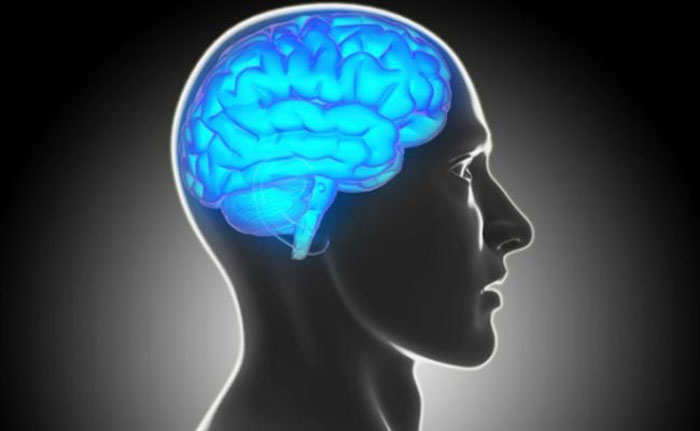Why your brain has 2 halves

In the new review , published today (April 19) in the journal Neuron, researchers zeroed in on why the brain's split design is beneficial.
One of these benefits is that having a specific area of the brain that's responsible for performing a specific, complex task may make it easier for a person to perform this task well, the reviewers found.
In addition, this specialization could make it easier for the brain to perform many different functions at once , they said. In other words, if one part of the brain is taking care of one specific function such as language and speech, then another part remains free to take care of something else, such as facial recognition. This may in turn allow the brain to juggle these different functions more efficiently.
There also seem to be benefits to having a clear division in the cognitive functions that the left and right brain hemispheres perform, according to the review. For example, research in humans has suggested that such division may be beneficial to the development of cognitive skills, including verbal IQ and reading skills , the researchers wrote.
It's not just humans
Previous research has suggested that, in addition to our brains, certain aspects of our behavior are also organized asymmetrically, according to the review. For example, most people are either right- or left-handed , as opposed to ambidextrous.
Scientists used to believe that the asymmetrical nature of the brain was unique to humans, but this assumption started to change in the 1970s, when several studies showed that such asymmetries were also found in other animals, such as chaffinches (a type of small bird), and rats and chickens, according to the review. And more recent research has shown that such asymmetries in the brain and behavior can be found even in invertebrates such as worms, slugs and honeybees, the researchers wrote.
"Only a decade ago, most scientists believed that brain asymmetries [were] unique to humans or are at least especially pronounced in our species," said lead review author Onur Güntürkün, a neuroscientist at Ruhr-University Bochum in Germany. "This is wrong."
Still, much more research needs to be done to fully understand the intricacies of brain asymmetry, the researchers said. For example, researchers still want to understand the genetic mechanisms that may be involved in the development of brain asymmetry, Güntürkün told Live Science.
Ultimately, studying this brain asymmetry can help researchers better understand how the brain is organized, Güntürkün said in a statement.
/Live Science/









-1745485667.jpg&h=190&w=280&zc=1&q=100)





































